Apple’s Strategic Landscape: Strengths, Challenges, and Future Innovations in a Globalized Market

This analysis delves into Apple’s current position through a comprehensive SWOT framework, examines its complicated relationship with China, explores upcoming product innovations, and identifies key challenges on the horizon. For investors, industry analysts, and business strategists, understanding these dynamics is crucial for anticipating how Apple will navigate an increasingly competitive and regulated global technology landscape.
SWOT Analysis of Apple: Decoding the Tech Giant’s Position
To understand Apple’s strategic position, we must examine the interplay of internal strengths and weaknesses against external opportunities and threats. This framework provides a foundation for predicting how the company might leverage advantages while addressing vulnerabilities in coming years.
Strengths: The Pillars of Apple’s Dominance
Apple’s brand value remains unparalleled in the technology sector. According to Interbrand’s 2024 rankings, Apple continues to hold the title of world’s most valuable brand, a position it has maintained for over a decade. This brand equity translates directly to consumer loyalty, with the company enjoying a 90% retention rate among iPhone users—significantly higher than competitors.
The company’s ecosystem integration represents another formidable advantage. The seamless interaction between hardware (iPhone, iPad, Mac), software (iOS, macOS), and services (Apple Music, iCloud, Apple Pay) creates significant switching costs for consumers. This “walled garden” approach has proven remarkably effective at retaining users while generating recurring revenue streams.
Financial strength provides Apple with unmatched operational flexibility. With cash reserves exceeding $200 billion, the company can weather market downturns, fund ambitious R&D initiatives, and make strategic acquisitions without external financing constraints. This financial fortress allows Apple to think and invest for the long term while competitors may focus on quarterly results.
Apple’s vertical integration strategy—controlling both hardware and software development—enables superior performance optimization and quality control. By designing custom silicon (like the M-series chips) while developing the software that runs on it, Apple creates performance advantages that competitors struggle to match with off-the-shelf components.
Weaknesses: Vulnerabilities in Apple’s Armor
Core Strengths
- Unmatched brand loyalty and premium positioning
- Integrated ecosystem creating high switching costs
- Massive financial reserves ($200B+) enabling strategic flexibility
- Vertical integration from silicon to software
- Retail presence with 535 Apple Stores worldwide
- Strong privacy-focused positioning
Key Vulnerabilities
- Overreliance on iPhone (nearly 50% of revenue)
- Supply chain concentration in China (70% of manufacturing)
- Growing regulatory scrutiny across global markets
- Premium pricing limiting market penetration in developing economies
- Services growth dependent on hardware sales
- Slower innovation cycle compared to early 2010s
Despite its strengths, Apple faces several structural vulnerabilities. Most concerning is its revenue concentration, with iPhone sales still accounting for nearly half of total revenue. This dependency creates significant exposure to smartphone market saturation and lengthening replacement cycles. When iPhone sales decline—as they did in 2023 in China—the impact on overall performance is substantial.
Apple’s supply chain represents another critical weakness. Approximately 70% of Apple’s manufacturing occurs in China through partners like Foxconn. This concentration creates exposure to geopolitical tensions, trade disputes, and potential disruptions—as evidenced during COVID-19 lockdowns that severely impacted production capacity.
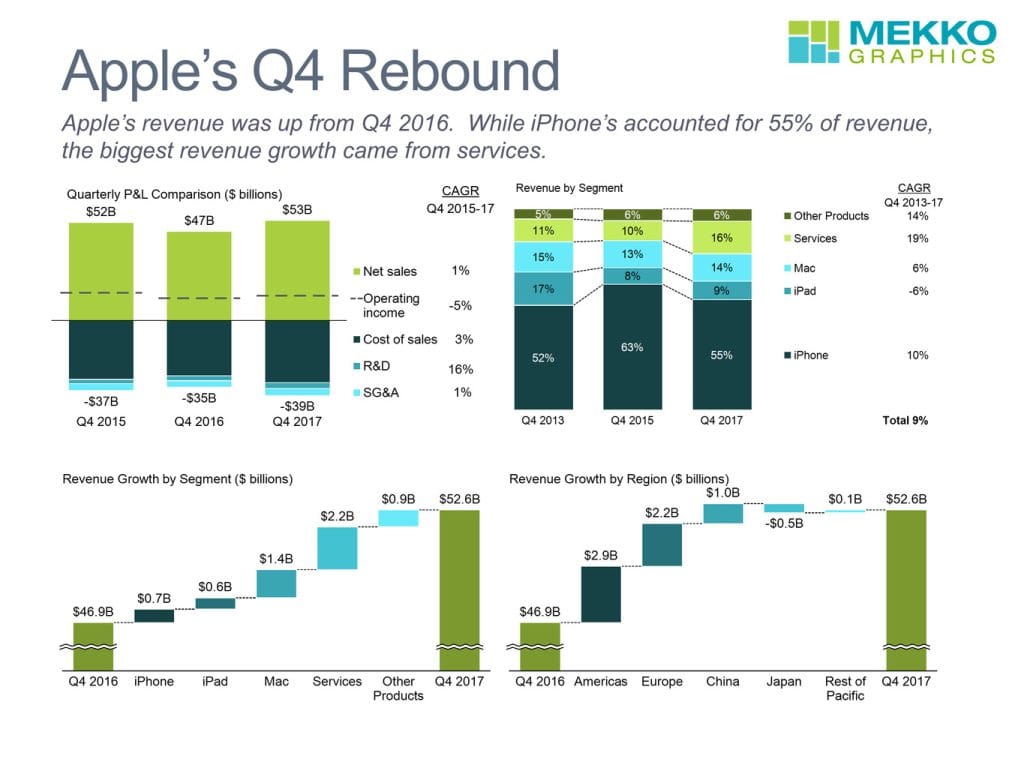
Opportunities: Pathways to Future Growth
Looking ahead, Apple has several promising avenues for expansion. Artificial intelligence integration represents perhaps the most significant opportunity. With the introduction of Apple Intelligence in 2024, the company is positioning itself to compete in the AI revolution while maintaining its privacy-focused approach through on-device processing. This strategy could differentiate Apple in an increasingly AI-driven market.
The wearable technology and health monitoring space offers another growth vector. Apple Watch already dominates the smartwatch category, but the company’s ambitions extend further into health monitoring and preventative care. Patents suggest Apple is developing non-invasive glucose monitoring, blood pressure tracking, and sleep apnea detection capabilities that could transform its wearables into essential health devices.
Apple’s AI Strategy: On-Device Processing as a Competitive Advantage
Unlike competitors that rely heavily on cloud processing, Apple’s approach to AI emphasizes on-device computation for several strategic reasons:
- Enhanced privacy by keeping sensitive data on user devices
- Reduced latency for real-time applications
- Functionality without internet connectivity
- Lower ongoing cloud computing costs
This approach aligns with Apple’s privacy-focused brand positioning while creating technical differentiation from cloud-dependent AI implementations.
Services expansion presents a third major opportunity. Apple has successfully grown its services revenue to approximately 26% of total income, but significant headroom remains. The company continues to introduce new subscription offerings across entertainment, fitness, financial services, and productivity tools. With over 2 billion active devices globally, Apple has an enormous installed base to monetize through these high-margin services.
Threats: Challenges on the Horizon
Despite its strong position, Apple faces mounting external threats. Intensifying global competition from both established players and emerging challengers represents a persistent concern. Samsung continues to innovate in the premium smartphone segment, while Chinese manufacturers like Xiaomi and Huawei are rapidly advancing their technological capabilities while offering products at lower price points.
Regulatory pressure constitutes another significant threat. Apple faces antitrust scrutiny across multiple jurisdictions, with particular focus on App Store policies and ecosystem control. The European Union’s Digital Markets Act has already forced Apple to open its ecosystem in the EU, potentially establishing precedents for similar regulations elsewhere. These regulatory challenges could undermine Apple’s ability to maintain its walled garden approach and associated profit margins.
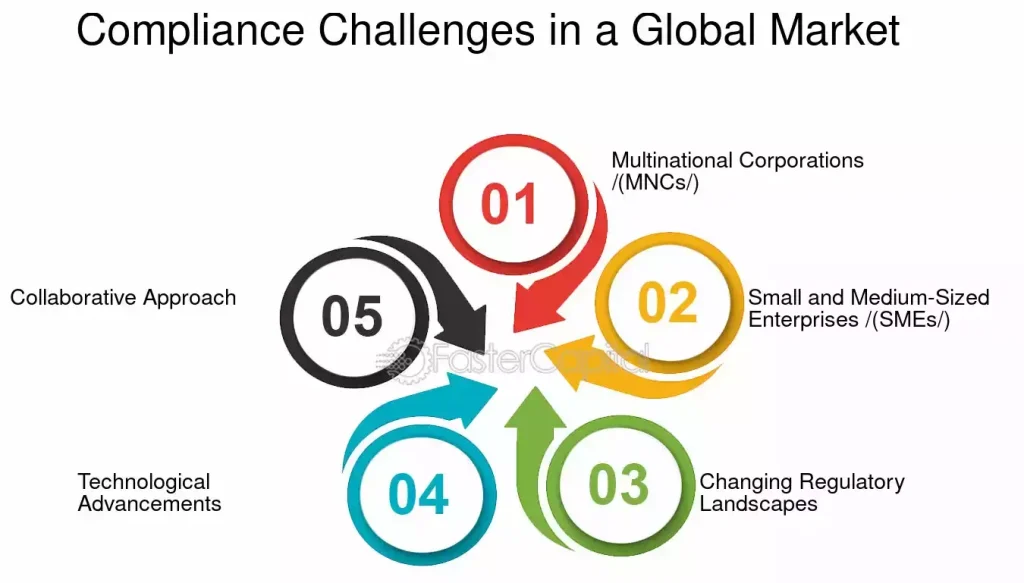
Geopolitical tensions, particularly between the United States and China, pose a third major threat. As relations between these superpowers deteriorate, Apple’s heavy manufacturing presence in China becomes increasingly precarious. Trade restrictions, tariffs, or forced technology transfers could significantly disrupt Apple’s supply chain and cost structure.
Apple in China: A Complex Relationship of Dependencies and Complications
Apple’s relationship with China represents one of its most consequential strategic dimensions, encompassing both manufacturing dependencies and market opportunities. Understanding this relationship is essential for assessing the company’s future prospects.
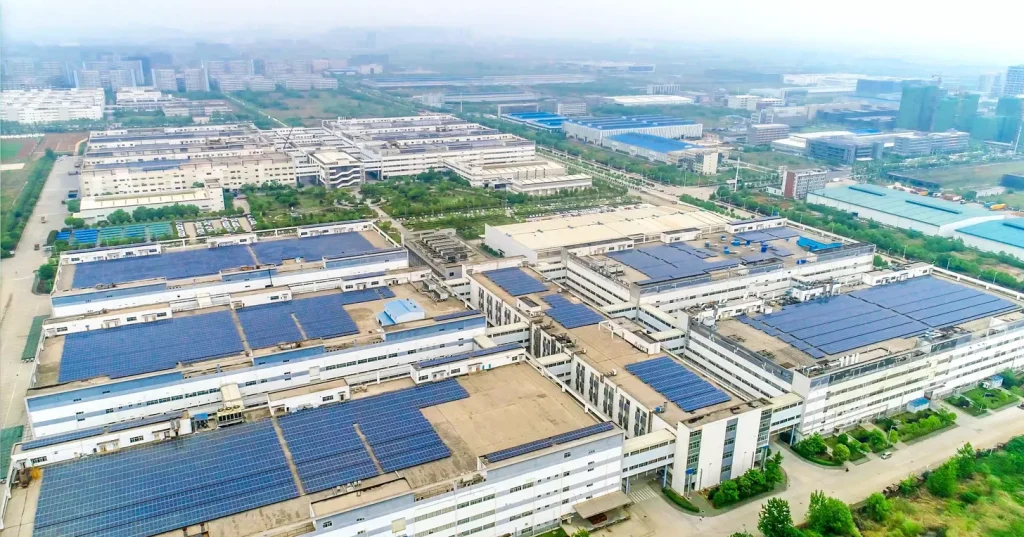
Manufacturing Dependencies: The China Production Machine
Apple’s manufacturing relationship with China has evolved over decades into a deeply interdependent system. Approximately 70% of Apple’s global production occurs in China through partnerships with contract manufacturers like Foxconn, Pegatron, and Wistron. The scale of this operation is staggering—Foxconn’s Zhengzhou facility alone employs over 200,000 workers and can produce 500,000 iPhones daily during peak production.
This concentration delivers significant advantages in terms of scale, efficiency, and cost. China’s manufacturing ecosystem offers an unmatched combination of skilled labor, production speed, and supply chain density. The clustering of component suppliers near assembly facilities enables just-in-time production and rapid iteration that would be difficult to replicate elsewhere.
| Manufacturing Aspect | China Advantage | Associated Risk | Diversification Progress |
| Production Scale | Massive workforce availability | Labor unrest, COVID disruptions | Limited – requires massive facilities |
| Supply Chain Density | Component suppliers in proximity | Regional disruptions affect entire chain | Moderate – key suppliers expanding to Vietnam |
| Technical Expertise | Decades of manufacturing knowledge | Intellectual property concerns | Slow – requires years of knowledge transfer |
| Production Flexibility | Rapid scaling and retooling | Geopolitical tensions limiting access | Moderate – India gaining capabilities |
| Cost Structure | Established infrastructure | Rising labor costs, tariffs | Good – India offering competitive costs |
Market Challenges: Navigating China’s Consumer Landscape
Beyond manufacturing, China represents Apple’s third-largest market after the Americas and Europe. However, this market position has become increasingly precarious. iPhone sales in China declined by 19% in 2023 as domestic competitors like Huawei gained market share with advanced features and nationalist consumer sentiment.
Apple also faces unique regulatory challenges in China. The company must comply with data localization requirements, storing Chinese user data on servers operated by state-owned enterprises. Content restrictions require Apple to remove certain apps from its Chinese App Store, creating tension between market access and corporate values.
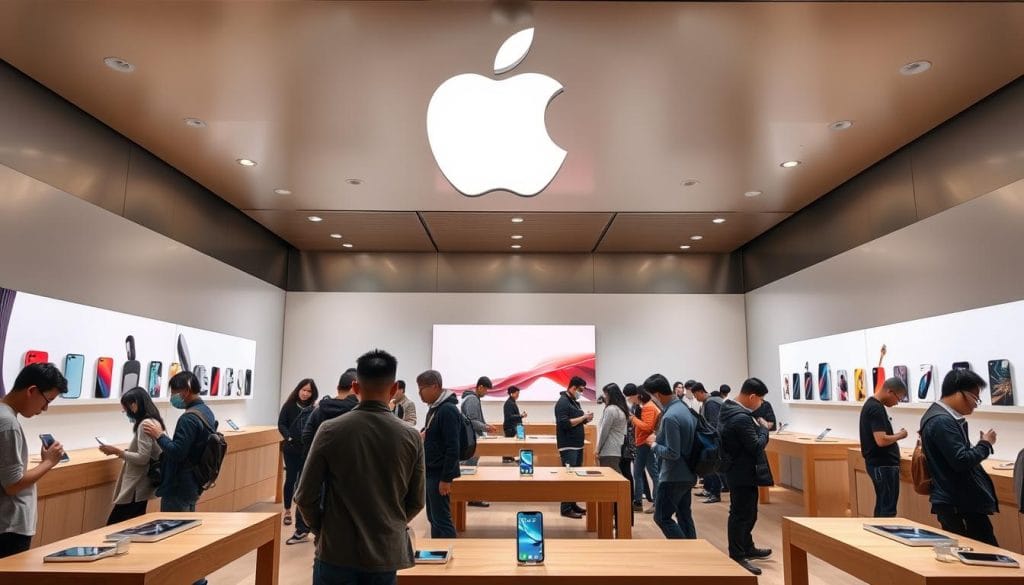
Diversification Efforts: Reducing China Dependency
Recognizing these vulnerabilities, Apple has accelerated efforts to diversify its manufacturing footprint. India has emerged as the primary alternative, with iPhone production there increasing by 65% in 2023. Apple suppliers have invested over $7 billion in manufacturing facilities in India, with the country now producing approximately 7% of all iPhones—a figure expected to reach 25% by 2028.
Vietnam has become another key node in Apple’s diversification strategy, particularly for AirPods, Apple Watch, and MacBook assembly. The company has also explored production possibilities in Thailand, Malaysia, and Mexico, though these remain at earlier stages of development.
Despite these efforts, complete decoupling from China remains unrealistic in the near term. The sheer scale, efficiency, and ecosystem advantages of Chinese manufacturing cannot be quickly replicated elsewhere. Instead, Apple appears to be pursuing a “China plus one” strategy—maintaining its Chinese production base while gradually building redundancy in other locations.
Future Products and Innovations: Apple’s Next Frontiers
Apple’s future growth depends on its ability to create new product categories and enhance existing ones. Several key initiatives provide insight into the company’s innovation roadmap and strategic priorities.

Vision Pro: Betting on Spatial Computing
The Apple Vision Pro, released in February 2024, represents Apple’s most ambitious new product category since the Apple Watch. This $3,499 mixed reality headset establishes Apple’s position in what CEO Tim Cook calls “spatial computing”—a potential successor to mobile computing.
While initial sales have been modest (estimated at 400,000-500,000 units in 2024), the Vision Pro should be viewed as a first-generation foundation rather than an immediate mass-market product. Apple typically introduces premium devices that gradually become more accessible through price reductions and feature refinements across multiple generations.
The strategic importance of Vision Pro extends beyond immediate sales. It establishes Apple’s presence in a computing category that could eventually replace smartphones as the primary personal computing device. By entering early with a premium offering, Apple aims to shape industry standards and developer ecosystems before mass adoption occurs.
Apple Intelligence: The AI Integration Strategy
Introduced at WWDC 2024, Apple Intelligence represents the company’s comprehensive approach to integrating AI across its ecosystem:
- Enhanced Siri with more contextual understanding and capability
- Writing tools for summarization, proofreading, and tone adjustment
- Image generation and editing through on-device models
- Personalized intelligence that learns user preferences while preserving privacy
- API access for developers to integrate these capabilities into third-party apps
This initiative positions Apple to compete in the AI era while maintaining its privacy-focused differentiation through a hybrid approach of on-device and private cloud processing.
Apple Car: The Autonomous Vehicle Ambition
Apple’s automotive project—internally known as Project Titan—has evolved significantly since its inception around 2014. After reportedly shifting between developing a complete vehicle and focusing solely on autonomous software, recent reports suggest Apple has settled on creating an electric vehicle with advanced driver assistance capabilities.
According to supply chain sources, Apple has engaged with multiple potential manufacturing partners, including established automakers and contract manufacturers like Foxconn. Component testing and regulatory filings indicate continued progress, with a potential launch target of 2027-2028.

The strategic rationale for entering the automotive market aligns with Apple’s core competencies in integrating hardware, software, and services. A vehicle represents the ultimate mobile device—a platform for Apple’s ecosystem that could generate both hardware revenue and ongoing service income through subscriptions and content consumption.
Health Technology: The Preventative Care Ecosystem
Health technology represents another major frontier for Apple. The company has systematically expanded the health monitoring capabilities of Apple Watch while developing complementary software like the Health app and research initiatives like the Apple Heart Study.
Patent filings and supplier reports indicate several health technologies under development:
- Non-invasive glucose monitoring using optical absorption spectroscopy
- Blood pressure monitoring through pulse wave velocity measurements
- Sleep apnea detection via breathing pattern analysis
- Body temperature tracking for fertility and illness detection
- Mental health monitoring through activity and speech patterns
- Medication management and adherence tracking
- Advanced fall detection and emergency response
- Personalized health recommendations using longitudinal data
These capabilities would transform Apple Watch from a fitness tracker into a comprehensive health monitoring platform. The business model implications are significant—creating opportunities for premium device pricing, healthcare partnerships, and potentially insurance-related services.

Foldable Devices: The Next Form Factor Evolution
While competitors like Samsung and Huawei have already introduced foldable smartphones, Apple has characteristically waited to enter this category. Supply chain reports indicate Apple is developing foldable devices with potential introduction in 2025-2026.
Rather than rushing to market, Apple appears to be addressing the durability, display crease, and software optimization challenges that have affected early foldable devices. The company has filed numerous patents related to flexible displays, hinge mechanisms, and interface adaptations for folding screens.
A foldable iPhone would represent the most significant form factor change since the original iPhone’s introduction. It could potentially combine the functionality of iPhone and iPad in a single device, creating new use cases and potentially stimulating a major upgrade cycle.
Challenges on the Horizon: Navigating Regulatory and Ethical Landscapes
Despite its strengths and opportunities, Apple faces significant challenges that will shape its strategic options in coming years. These extend beyond competitive threats to include regulatory, ethical, and operational hurdles.

Regulatory Pressure: The Antitrust Scrutiny
Apple faces unprecedented regulatory scrutiny across major markets. In the European Union, the Digital Markets Act has already forced Apple to allow alternative app stores and payment systems on iOS devices within EU territories. This represents the first significant breach in Apple’s tightly controlled ecosystem.
In the United States, the Department of Justice filed an antitrust lawsuit against Apple in March 2024, alleging the company maintains an illegal monopoly in the smartphone market through restrictive practices. The lawsuit specifically targets Apple’s limitations on third-party app stores, web browsers, and cloud gaming services.
These regulatory challenges threaten Apple’s ability to maintain its walled garden approach and the associated revenue streams. The App Store alone generates an estimated $20 billion in annual profit with margins exceeding 70%. Forced opening of this ecosystem could significantly impact Apple’s service revenue growth and overall profitability.
Ethical Considerations: Labor and Environmental Practices
Apple continues to face scrutiny regarding labor practices in its supply chain. Despite implementing supplier codes of conduct and regular audits, reports of labor violations persist. In 2023, investigations revealed excessive overtime and unsafe working conditions at several supplier facilities in China and India.
Environmental impact represents another ethical challenge. While Apple has made significant commitments to carbon neutrality (targeting a completely carbon-neutral supply chain by 2030) and circular manufacturing, the company’s business model still relies on regular hardware upgrades that generate electronic waste. Balancing growth objectives with sustainability goals will require continued innovation in materials, manufacturing, and product lifecycle management.
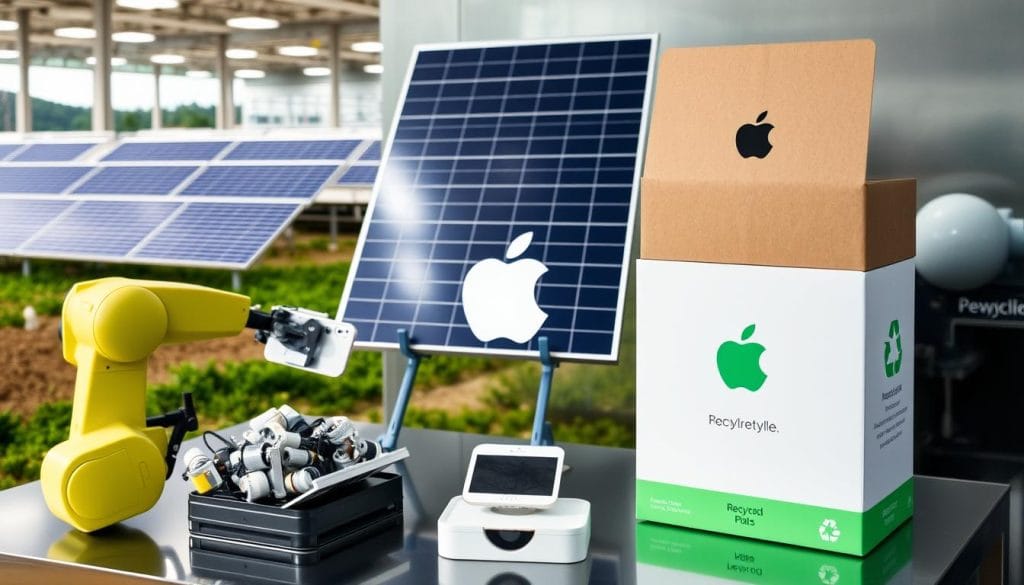
AI Ethics: Balancing Innovation and Responsibility
As Apple expands its AI capabilities through Apple Intelligence, it faces complex ethical questions about algorithmic bias, data usage, and content generation. The company’s privacy-focused approach provides some differentiation, but challenges remain in ensuring AI systems operate fairly and transparently.
Apple has established an AI ethics team and published research on responsible AI development. However, as these technologies become more central to Apple’s products, maintaining ethical standards while competing with less constrained rivals will present ongoing challenges.
Talent Retention: The Innovation Engine
Apple’s ability to innovate depends on attracting and retaining top talent in increasingly competitive fields like AI, augmented reality, and semiconductor design. The company has experienced notable executive departures in recent years, including several key designers from Jony Ive’s team and AI researchers seeking fewer restrictions on their work.
Competition for technical talent has intensified as technology giants and well-funded startups vie for the same pool of specialists. Apple’s traditional secrecy and controlled work environment can be less appealing to researchers accustomed to publishing their findings and collaborating openly with the academic community.
Conclusion: Apple’s Path Forward in an Evolving Tech Landscape
Apple stands at a strategic inflection point. The company has built unprecedented scale and profitability through its integrated hardware-software-services model, but faces mounting challenges from regulatory scrutiny, geopolitical tensions, and evolving competitive dynamics.
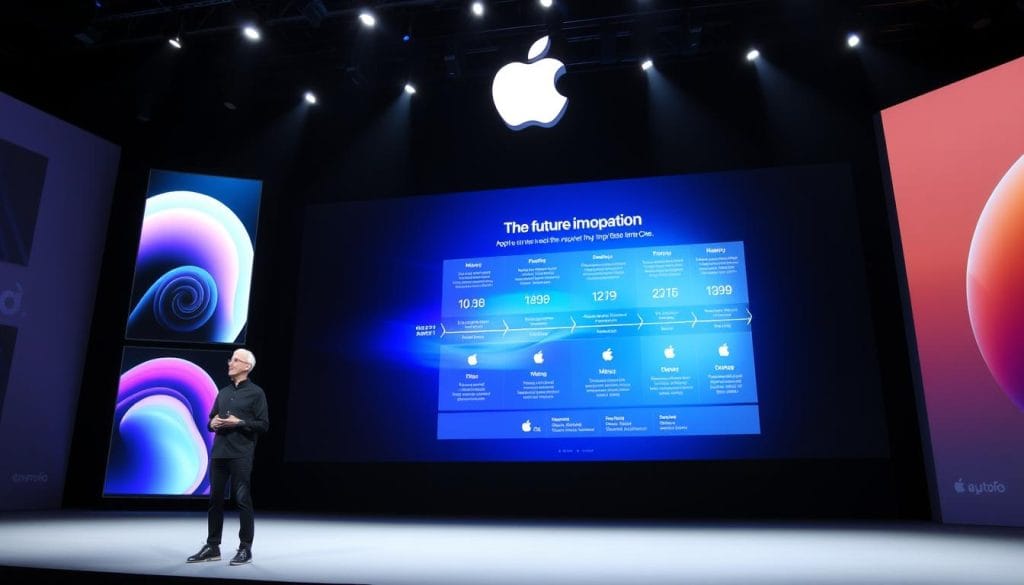
Several key factors will likely determine Apple’s trajectory in the coming decade:
Ecosystem Evolution
Apple must adapt its ecosystem strategy to accommodate regulatory requirements while preserving the integration advantages that drive customer loyalty. This balancing act will require nuanced approaches across different markets and product categories.
AI Integration
Success in the AI era will depend on Apple’s ability to deliver meaningful intelligence features while maintaining its privacy differentiation. The company must close the perceived gap with competitors like Google and OpenAI without compromising its core values.
Supply Chain Resilience
Reducing manufacturing concentration in China while maintaining cost efficiency and production quality will be crucial. This geographic diversification must proceed without disrupting product launches or compromising Apple’s exacting standards.
Apple’s history suggests the company performs best when facing existential challenges. The near-bankruptcy experience of 1997 preceded its most innovative period, while the post-Jobs transition concerns gave way to unprecedented financial success under Tim Cook’s leadership.
The current confluence of challenges—from regulatory pressure to geopolitical tensions—may similarly catalyze a new phase of innovation and adaptation. Apple’s financial resources, brand strength, and talent pool provide a formidable foundation for navigating these complexities.
For investors, business partners, and industry observers, Apple’s strategic evolution will offer valuable insights into how global technology companies can adapt to an increasingly fragmented and regulated world while continuing to drive innovation and growth.
Stay Informed About Apple’s Strategic Developments
Get expert analysis on Apple’s evolving business strategy, product roadmap, and market position delivered directly to your inbox. Our quarterly Tech Giants Strategic Review provides in-depth coverage of Apple and other major technology companies.
Frequently Asked Questions About Apple’s Strategic Position
How dependent is Apple on iPhone sales in 2024?
As of the end of fiscal year 2024, iPhone sales account for approximately 47% of Apple’s total revenue. While this represents a significant concentration, it has decreased from over 60% in 2015 as Apple has successfully grown its Services division to approximately 26% of revenue. The company continues to work on diversifying its revenue streams through wearables, services, and potential new product categories.
What progress has Apple made in diversifying manufacturing outside China?
Apple has made significant strides in manufacturing diversification, particularly in India and Vietnam. As of 2024, approximately 7% of iPhones are manufactured in India, with plans to increase this to 25% by 2028. Vietnam has become the primary production hub for AirPods and is expanding into Apple Watch and MacBook assembly. However, China still accounts for roughly 70% of Apple’s manufacturing capacity, indicating that complete diversification remains a long-term project.
How is Apple approaching artificial intelligence compared to competitors?
Apple’s AI strategy differs from competitors in its emphasis on on-device processing and privacy preservation. While companies like Google and Microsoft leverage cloud computing for their AI features, Apple Intelligence processes sensitive data directly on users’ devices whenever possible. This approach aligns with Apple’s privacy-focused brand positioning but has resulted in some features launching later than competitors. Apple is also pursuing a hybrid approach, offering optional cloud processing for more complex tasks while maintaining privacy controls.
What regulatory challenges pose the greatest threat to Apple’s business model?
The most significant regulatory threat to Apple comes from antitrust enforcement targeting its App Store policies and ecosystem control. The EU’s Digital Markets Act has already forced Apple to allow alternative app stores and payment systems in Europe, potentially reducing service revenue. The US Department of Justice lawsuit could potentially require similar changes in Apple’s largest market. These regulatory actions directly challenge Apple’s ability to maintain its walled garden approach and the associated high-margin revenue streams from services.
Is Apple still considered an innovative company under Tim Cook’s leadership?
Under Tim Cook’s leadership since 2011, Apple’s innovation approach has evolved rather than diminished. While the company hasn’t created as many entirely new product categories as it did under Steve Jobs (with Apple Watch and AirPods being the notable exceptions until Vision Pro in 2024), it has excelled at iterative innovation—continuously improving existing products and expanding their capabilities. Apple has also demonstrated significant innovation in semiconductor design with its M-series chips, services expansion, and privacy-preserving technologies. The recent Vision Pro launch suggests Apple remains committed to entering new categories when it believes it can make a significant contribution.
Additional Resources on Apple’s Strategic Position
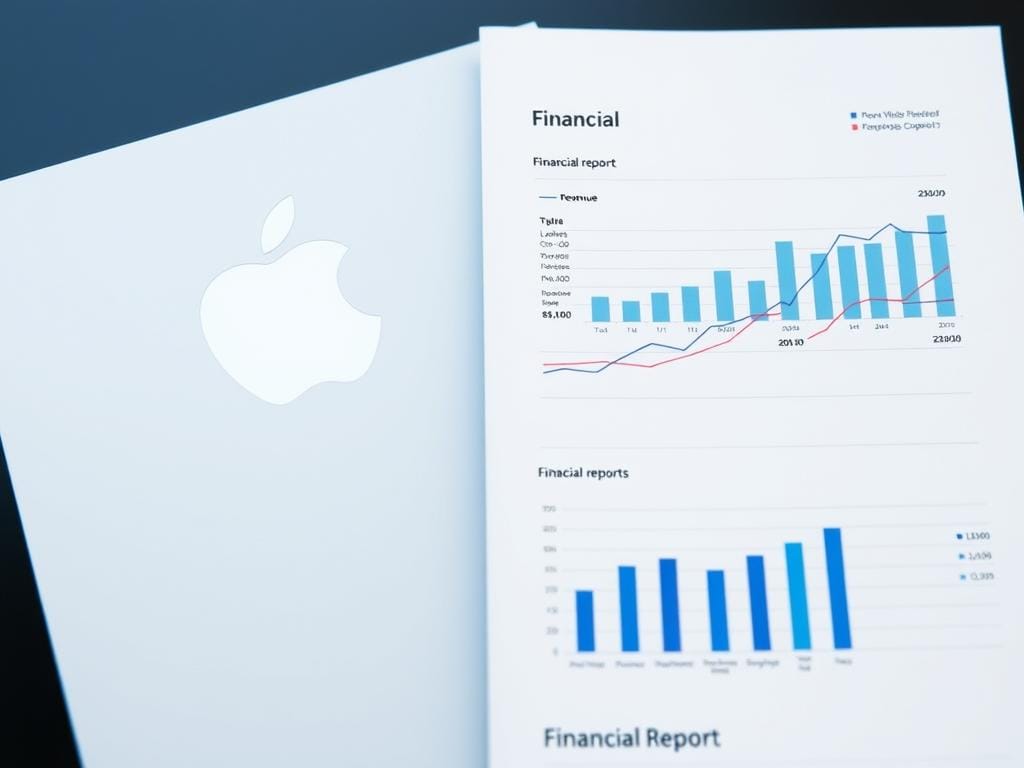
Financial Analysis
Comprehensive breakdown of Apple’s financial performance, revenue streams, and growth projections based on the latest quarterly reports and market analysis.
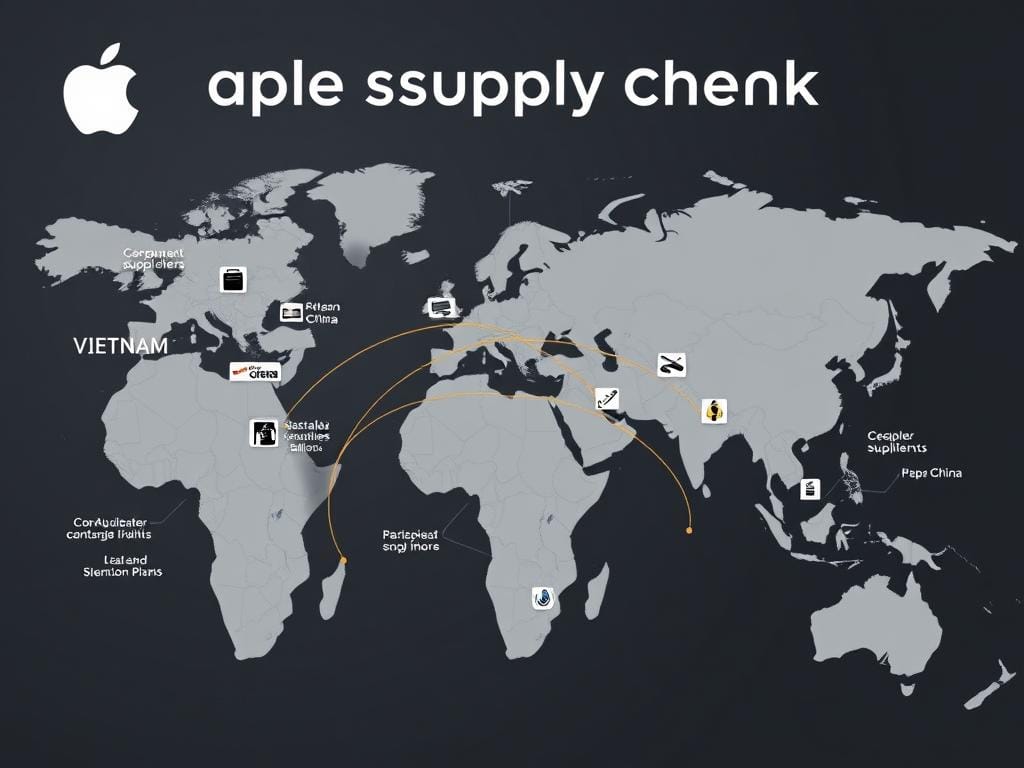
Supply Chain Deep Dive
Detailed examination of Apple’s global supply chain, manufacturing partnerships, and ongoing diversification efforts across Asia and other regions.
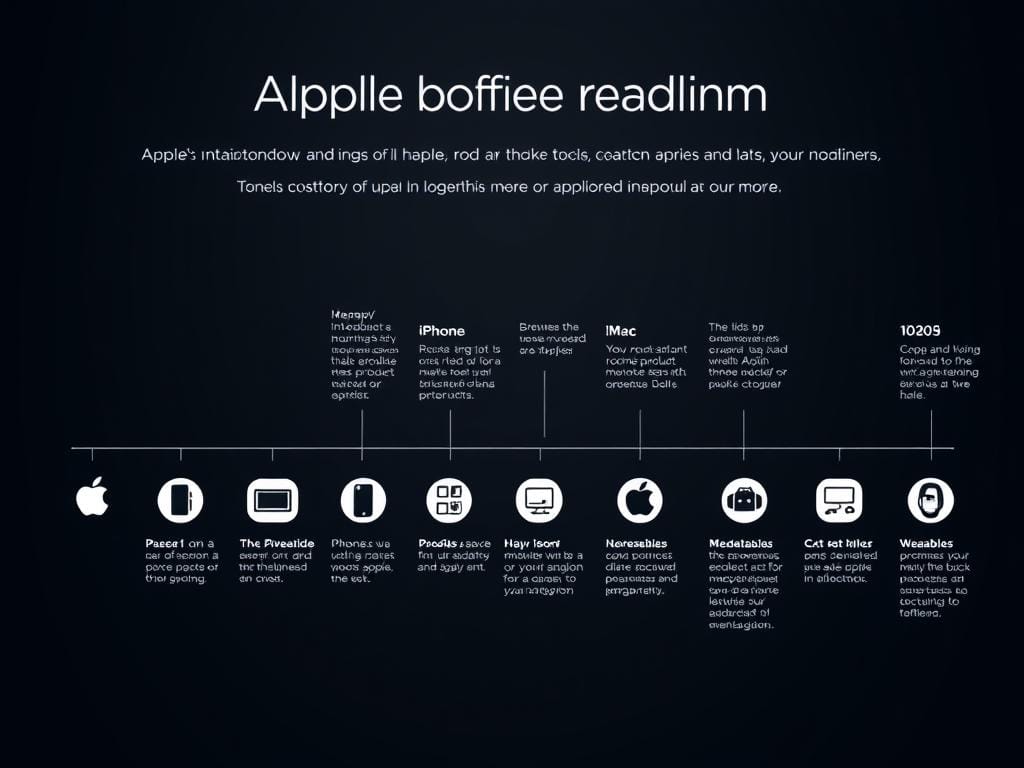
Product Roadmap Forecast
Expert predictions on Apple’s upcoming product launches, technology investments, and potential new categories based on patent filings and supply chain intelligence.
Get the Complete Apple Strategic Analysis
Download our comprehensive 50-page report on Apple’s strategic position, including detailed SWOT analysis, competitive benchmarking, and five-year projections across all business segments.
